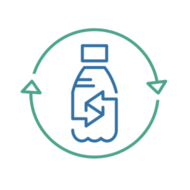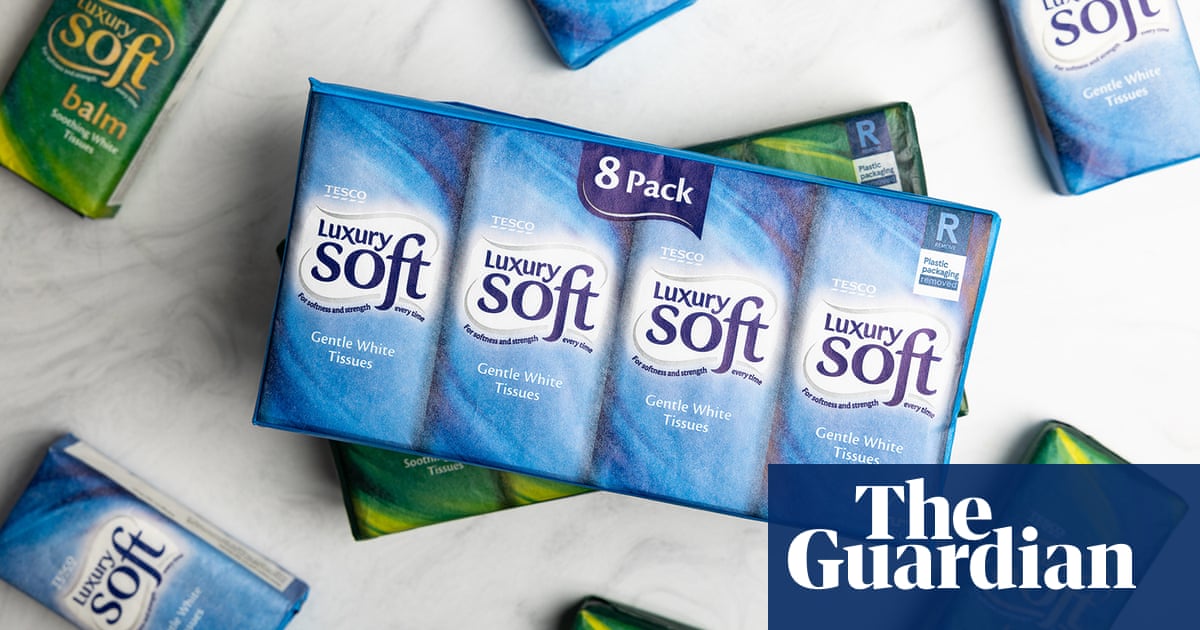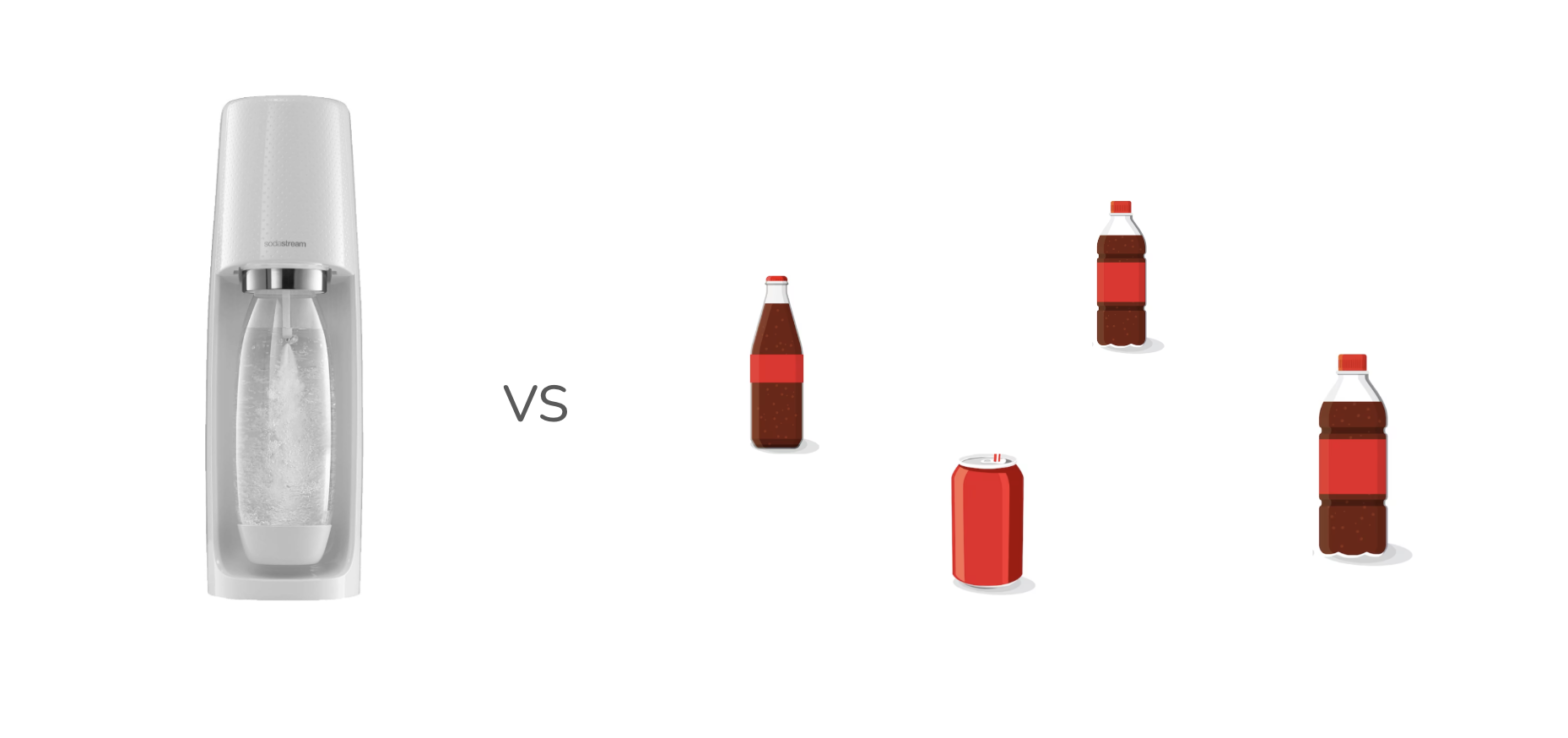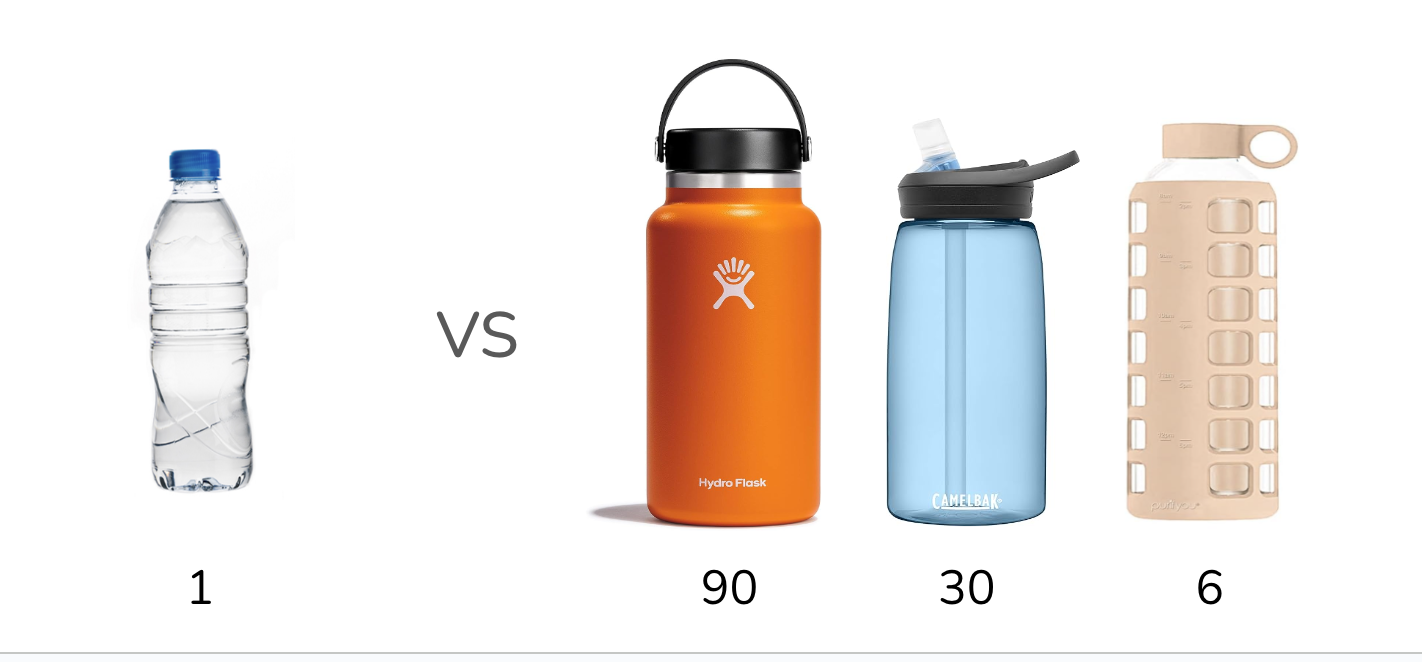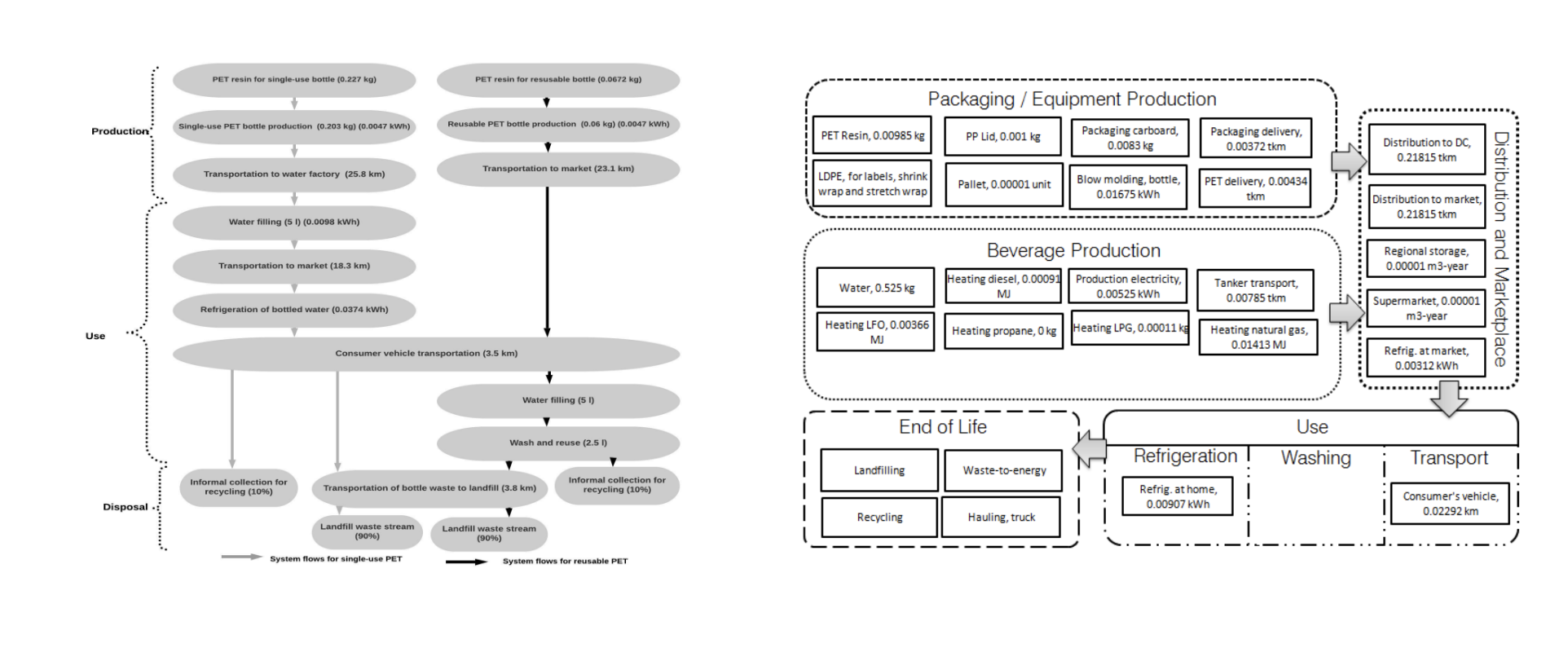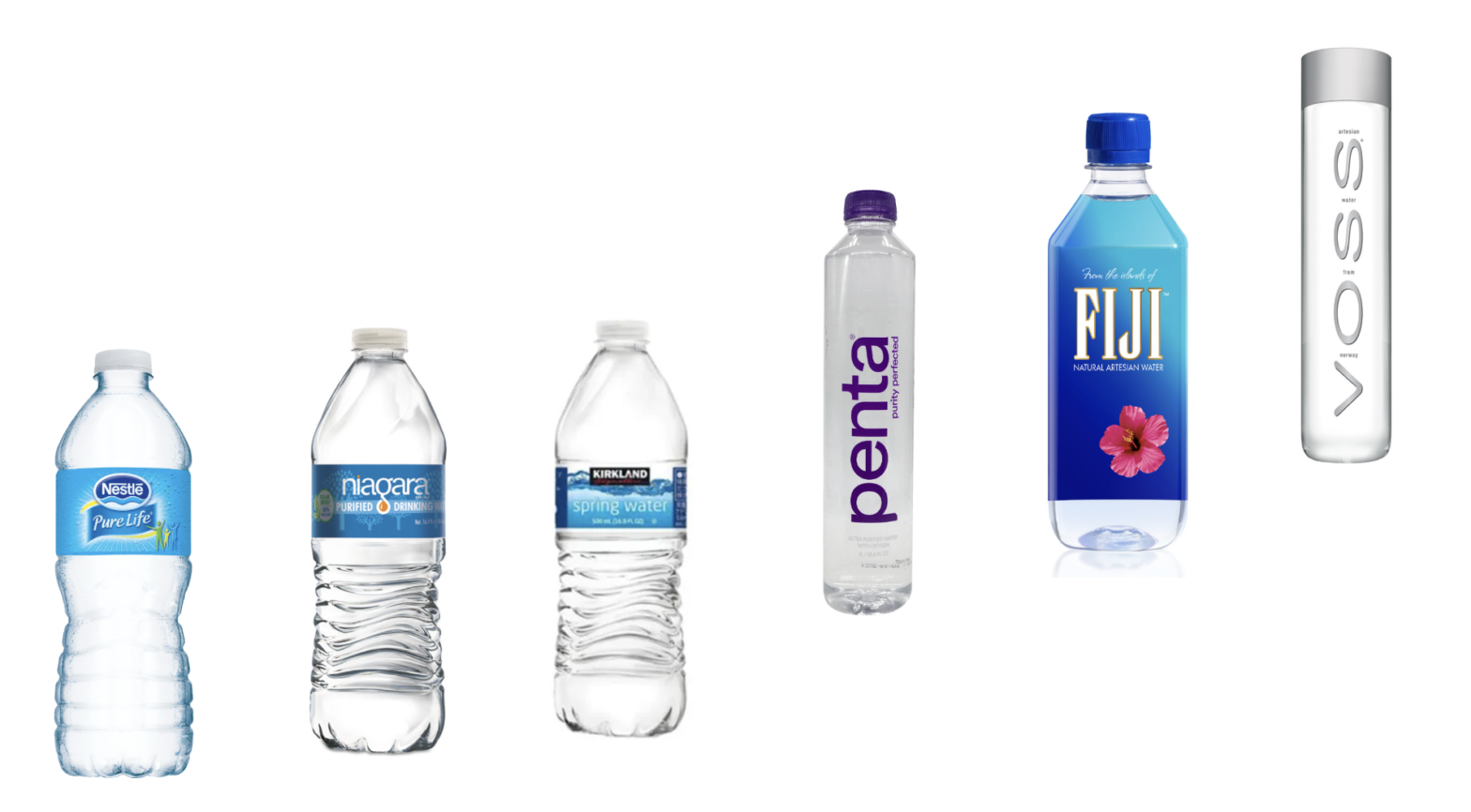Cutting boards, non-stick pans, mixing bowls, even tea bags: in the kitchen, plastics can be hidden in plain sight. It’s something that Jessica Brinkworth, an anthropology professor at the University of Illinois at Urbana-Champaign, realized once she began looking for ways to cut down on plastic use in her own kitchen after her workplace started …
Continue reading “Reduce, reuse, refuse: tips to cut down plastic use in your kitchen”
